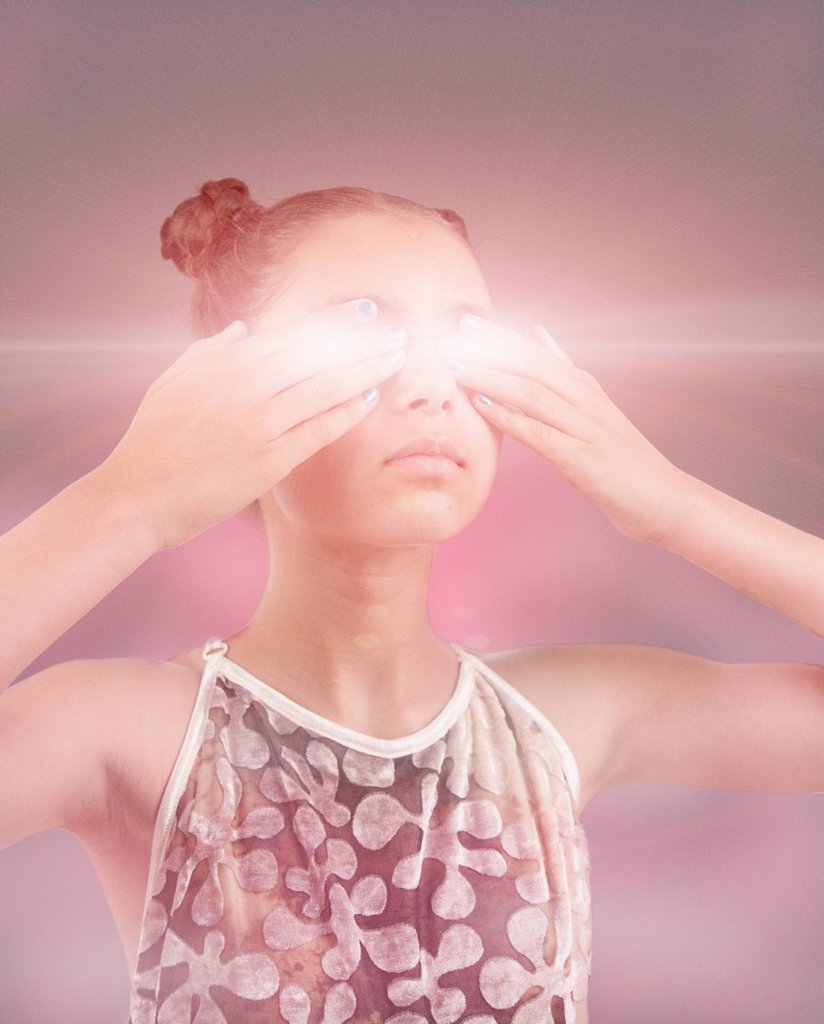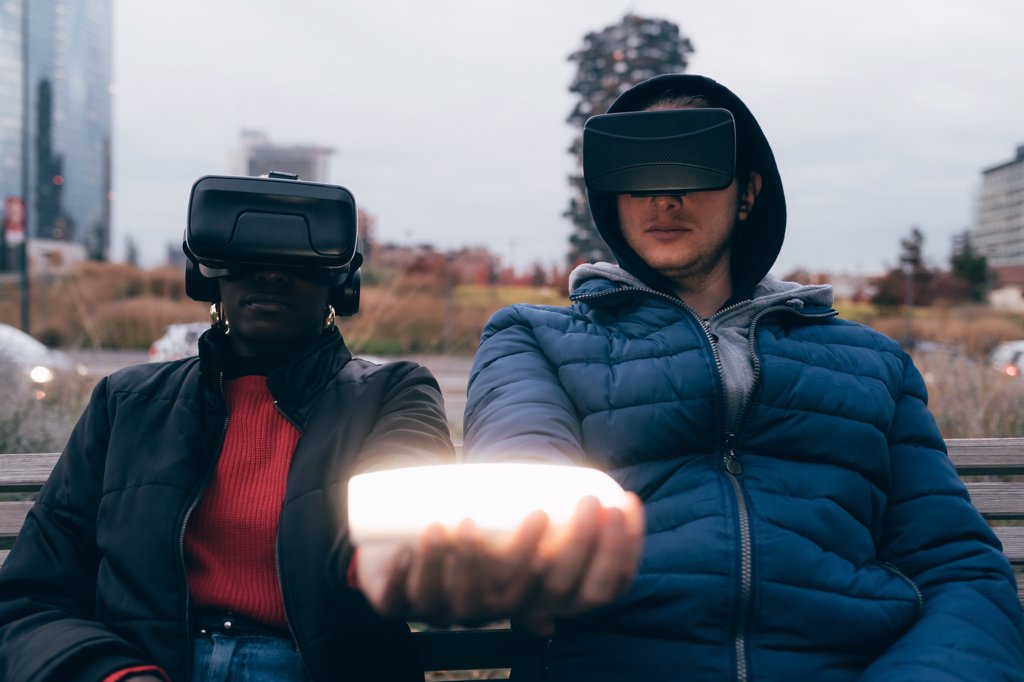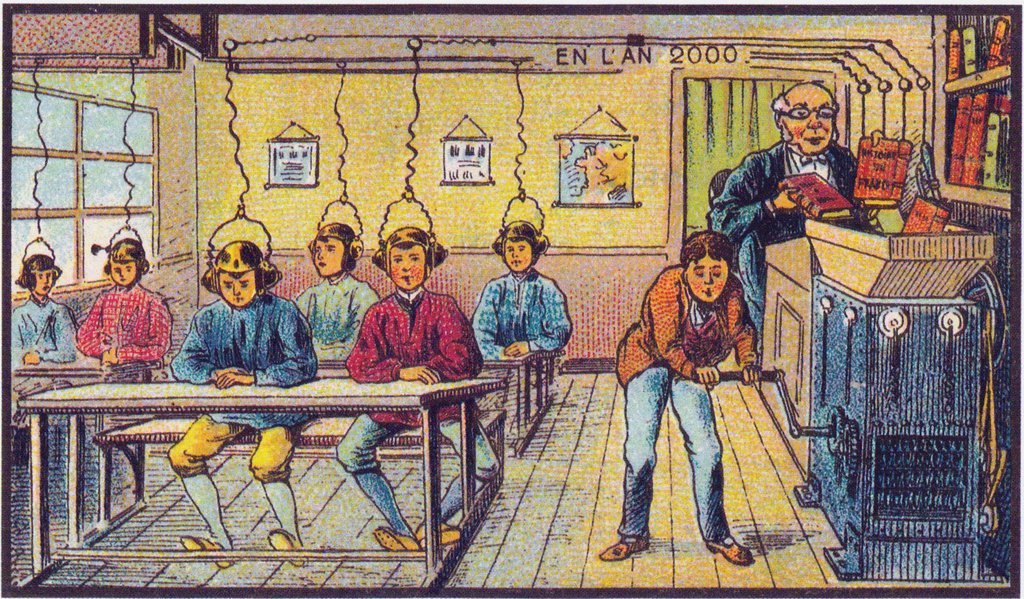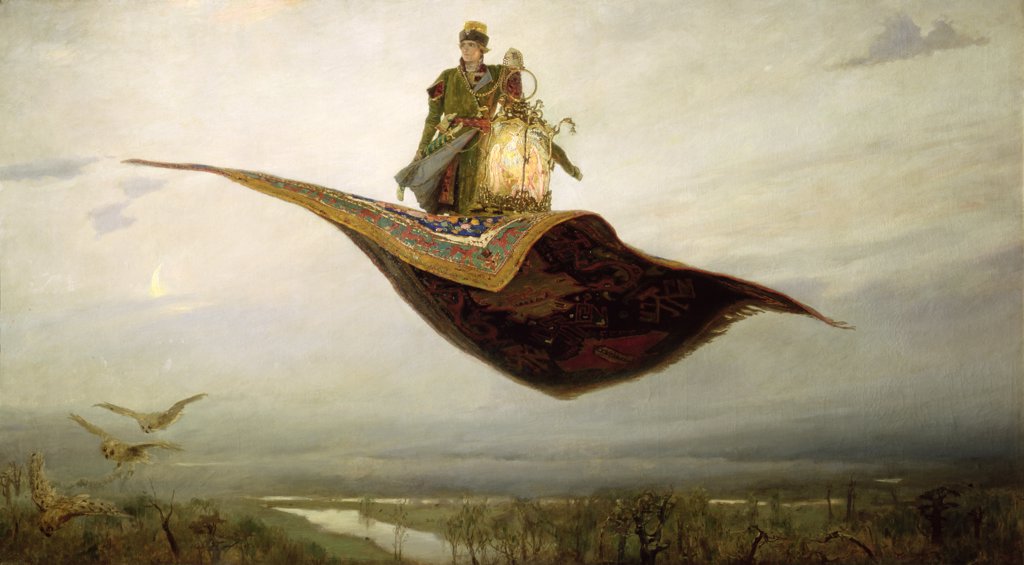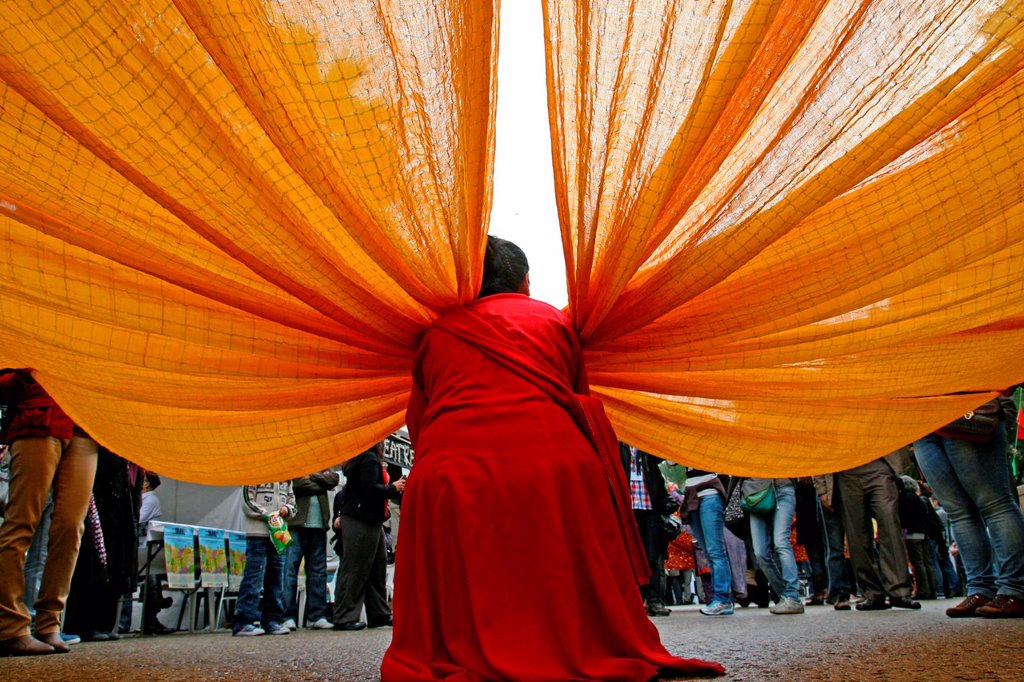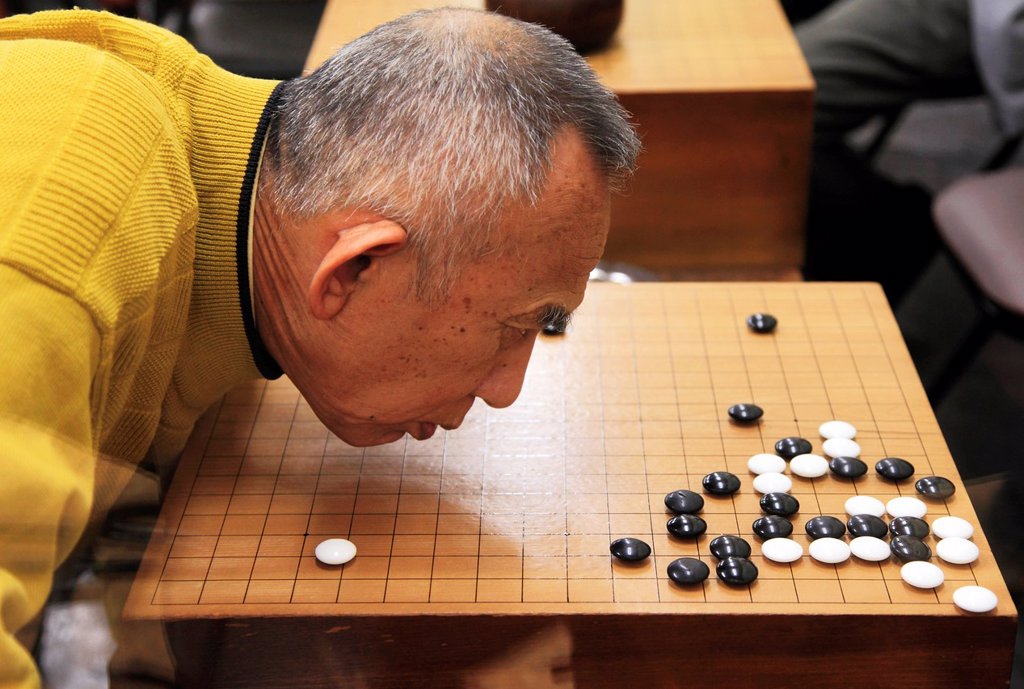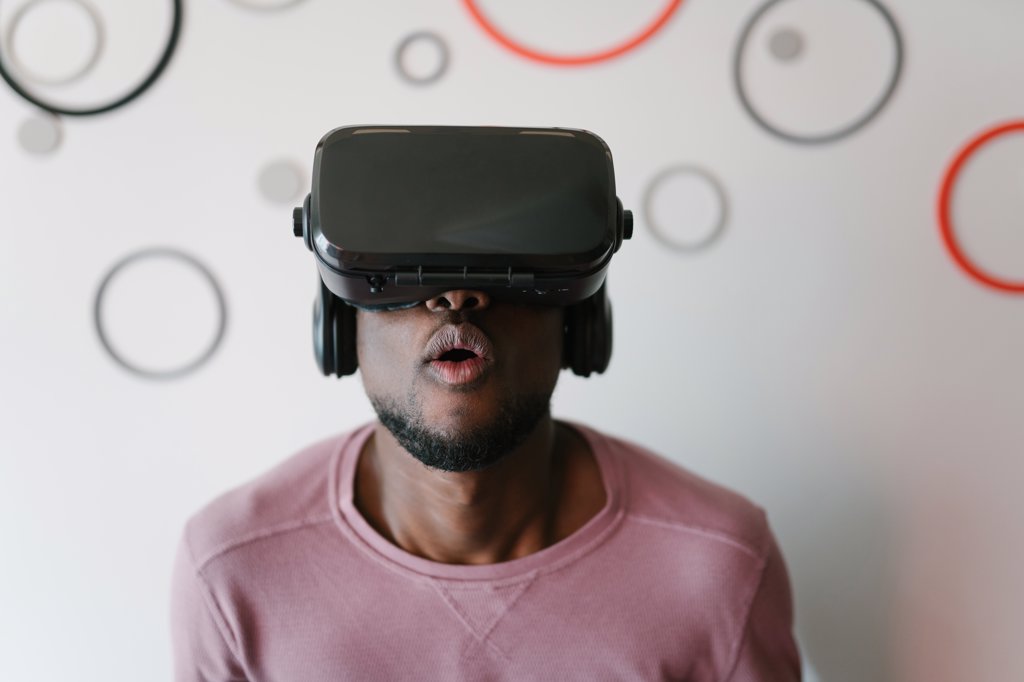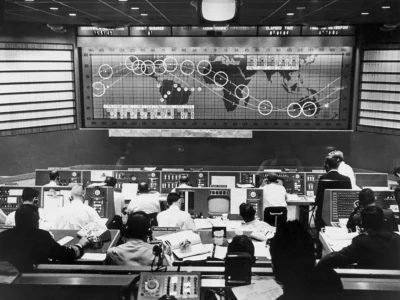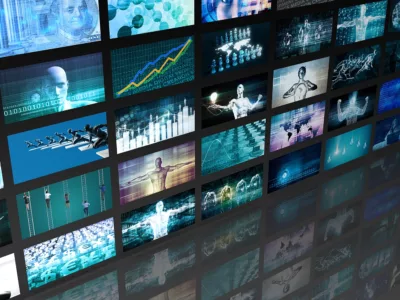Putting the Buyer in the Story – How Immersive Storytelling Is Changing Marketing, Advertising and Social Media
One of the first department stores in the United States was founded in 1877 in Philadelphia by merchant John Wanamaker. “Wanamaker’s” was one of the early innovators in retailing, including being the first store to use price tags. This first store grew into a group of 16 stores and eventually became a part of Macy’s.
In addition to being a successful retail visionary, Wanamaker was quite the wordsmith. Even current-day CEOs, CMOs, marketing team leaders and advertising practitioners can empathize with his pithy insight about the challenges of spending money on advertising. His quote still has a powerful ring of truth:
“Half the money I spend on advertising is wasted. The trouble is, I don’t know which half.”
We’re pleased to report that this conundrum has been solved.
The “half” that is wasted is the part of messaging that failed to engage the customer and motivate her to buy something. It’s the part where the brand story did not adequately encourage the buyer to suspend disbelief and embrace the product as “well worth its price.” In short, it’s storytelling. It FAILED to engage the buyer.
Advances in technology, especially 5G phone service and the new world of the metaverse are changing everything, and storytelling will never be the same again.
*****
Are you wasting half of the money you have budgeted for advertising? More compelling storytelling can help solve this problem. It starts with stunning images. Click here and see how this story begins.
What is Immersive Storytelling?
Anthropologists have known that storytelling has been around since the human brain first developed. At some point in ancient history, those cerebral synapses connected and evolution moved forward. Memories of success and failures could be called on to teach other humans in the tribe – especially the little whippersnappers – where danger might be found and how great Brontosaurus burgers were, when grilled over a hot fire!
As this article notes, “From early cave paintings depicting rituals to beautifully illustrated fairy tales, we’ve developed many ways over the years to keep audiences entertained and our methods of communication keep on changing.
“With technology helping brands to take their consumers on a more interactive and engaging journey, the marketing process has ramped up a notch. And, as the global augmented reality market is expected to grow to a whopping $117.40 billion in 2022, as per estimates released by MarketResearch, immersive storytelling is expected to become increasingly powerful.”
Of course, good marketing stories are not a new phenomenon. Copywriters, graphic designers, creative directors, photographers, cinematographers and others in the advertising ecosystem have developed engaging content, interactive images and interesting videos on their websites and social media profiles for decades.
What’s changed? Technology and the internet.
This source notes that the use of virtual reality (VR) and augmented reality (AR) have become inseparable from storytelling that is truly immersive.
“Immersive storytellers use the latest technologies to include superior-quality images, videos, sounds and games to grab audience attention and give them an immersive experience. Companies are investing heavily into giving prospective customers a near real-life look at their products.”
Until recently, this technology has been too expensive for any but the largest organizations to use. However, in a few short years, EVERYTHING has changed. History will likely show that the development of the metaverse is one of those “giant leaps for mankind” that astronaut Neil Armstrong talked about when he landed on the moon on July 20,1969. The evolution of social media such as TikTok, Facebook/Meta, Instagram and many others have quickly transformed this previously expensive and complicated technology into creative tools that a 13-year old (and younger) can easily master.
Why Use Immersive Technology?
Immersive storytelling has quickly gained popularity for the same reason that movies evolved from “silent films” to “talkies.” The new format was more entertaining. In the same way, the personal, immersive experience for participants is simply more engaging than passively watching a story that is being told by someone else.
Advertising creatives are often “early adopters” when it comes to new media and messaging techniques. This is because, in addition to being fearless (or perhaps being what the account folks would say crazy), they understand explicitly what Canadian philosopher, Marshall McLuan meant when he said “the medium is the message.”
This reference article notes, “Print media, television and the internet provide a two-dimensional experience. On the other hand, immersive storytelling gives the audience a sense of actual presence, which completely transforms the experience. Consumers become a part of the environment with the ability to react to events they encounter.”
The largest demographic cohort on the planet – Millennials – famously prefer experiences over products. The editors of Business.com note that “a majority of consumers from the millennial generation spend money on experience-related purchases (rather than more “stuff”). This has driven the experience economy and brands are increasingly focusing on turning ordinary products into experiences.”
This source notes that Immersive storytelling allows all generations the opportunity to develop unique stories and environments. “It puts the audience at the center of the story, giving them a real-life, relatable experience. The feeling of being involved in the story makes it highly engaging for the audience, and this is what makes immersive storytelling more appealing for brands looking to influence and win over new customers. It provides storytellers the chance to take the consumer to any point in time, with the only limitation being imagination.”
How to Fly This Magic Carpet
There are so many options for using immersive storytelling for branding that it becomes what the older generation calls “an embarrassment of riches!” Therefore, it makes sense to follow the lead of our elders and make a list.
According to a Forbes article on this topic, “immersive stories are expected to lead the customers or audience to story-living.”
Here are four ways that immersive storytelling can be used for your branding and marketing efforts.
Turn Products into an Experience
“The focus of marketing has shifted from the product to customers. While marketing through print media and television offers a two-dimensional, linear experience to the customers, immersive storytelling can completely transform the customer’s experience.
“Use immersive techniques to give your customers a sense of presence. Customers can react to and become part of the experience, rather than observe it passively. Moreover, by using 360-degree videos, AR, VR and mixed reality (MR), you can offer self-directed experiences to your audience.”
The photographic legacy of “National Geographic” magazine is shown in this excellent example of a 360-degree video that allows users to explore 3D environments in an immersive format.
Click here to experience Victoria Falls.
Build An Emotional Connection and Boost Engagement
“Extended reality content can close the gap between the in-person experience and the screen. It allows you to build a meaningful and memorable connection between the brand and the customer. Storytelling becomes successful when you:
- Show but don’t tell.
- Uncover the human side of the brand.
- Completely involve the audience in the story.”
A United Nations film titled “Clouds Over Sidra,” a 360 degree web VR film, is an engaging story of a 12-year-old girl living at a refugee camp during the Syrian conflict. The apt use of VR helped the audience connect with the girl and allowed them to experience life in the camp.
Take Gamification to the Next Levels
“Games can keep customers engaged with a brand and help build brand loyalty. By adding gamification, you can incorporate fun and get your message across subtly but impactfully. Your brand can tell stories in ways that are naturally responsive to your audience.”
A good example of this tactic comes from Glenlivet, the single-malt scotch distillery owned by Pernod Ricard. The brand partnered with music identification app Shazam to create an augmented reality experience to promote a limited-edition whisky called The Glenlivet Code.
Create A Virtual Reality Experience
“Virtual reality (which requires a headset) can be a powerful mechanism to create “demos” and compelling stories about the products. VR is popular in the marketing domain because it helps brands create unforgettable storytelling experiences.”
When Merrell launched a new pair of hiking shoes, the company partnered with Framestore VR Studio to design a virtual reality world where customers could experience the exact scenario where the hiking shoes could be worn — mountainside, rope walkways, rockfalls and other tricky paths!
Brands are Marching to a Different Drummer
Everything changes, including the way marketers tell brand stories. However, as we have noted before in this space, brilliant creative is still brilliant, whether it’s seen on a 30-second television spot, heard on a radio ad or seen dancing on a TikTok video.
As The Guardian has noted, “Immersive storytelling is a technique that is finding its way into new spaces such as theaters, games, documentaries, advertising and journalism. The aim is to give people the feeling of really ‘being there’, calling on 3D gaming, virtual and augmented reality technologies in the process. Tech is making our media more entertaining, hard-hitting and unique.”
Allowing active participation by someone who is already interested in the subject matter, is a powerful evolution in the marketing process. A compelling branding message, photographic and video images and, yes, interactivity between a potential customer and the product are all part of meeting the objective of marketing and advertising – making the sale and building the brand.
*****
Better storytelling starts with compelling, cost-effective graphic content. If you need stock images or video footage, hit us up here. We promise to totally immerse you in great work!
*****
If your message needs great photographic images to make your story even more compelling, hit us up. Click here for free, no-obligation research, and let us introduce you to Magnet.

